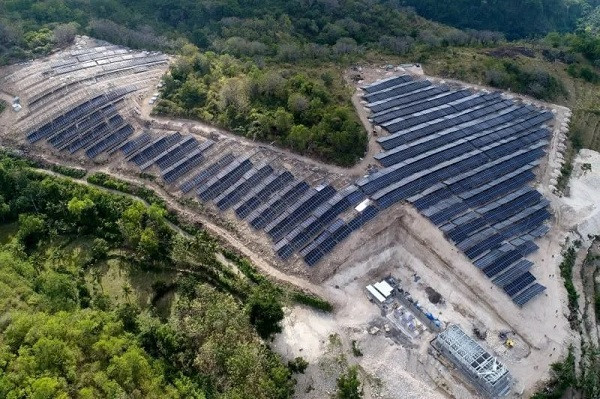JAKARTA (ANN/THE JAKARTA POST) – Southeast Asian nations need to enhance their collaboration in order to establish a regional power grid and other critical infrastructure that can interconnect renewable energy sources.
This was said by Peerapat Vithayarichareon, who serves as the Principal Consultant for Energy Systems in the Asia Pacific region at DNV, noting that the initial step in this process must involve the improvement of transmission grids.
He highlighted that insufficient policy support and limited access to capital are currently hindering the expansion of clean energy throughout the region.
“Speaking from the technical perspective, there are concerns related to the potential impact of the cross-border power grid on the power systems within the countries,” he told The Jakarta Post on Wednesday.

ASEAN member states need to invest in transmission grid upgrades to integrate electricity from intermittent electricity generators, such as solar and wind, which require power systems to be more flexible.
“Countries cannot just shift from coal-fired generation to renewable energy. We need to prepare the system to accommodate the increasing share of wind and solar power generation, for example. These are challenges for system operators,” Vithayarichareon said.
Southeast Asia must retire more than five gigawatts (GW) of coal-fired power plant capacity annually over the next two decades to phase out the fossil fuel in the region, according to a report from San Francisco-based non-profit organisation Global Energy Monitor (GEM).
Indonesia, Malaysia, Vietnam and the Philippines, the top coal-consuming countries in the region, operate a total of approximately 90 GW of coal power, despite cancelling 12.7 GW of proposed projects in 2022, the same report shows.

The herculean task of upgrading the regional electricity grid lies in the establishment of sufficiently appealing trade terms for member countries, according to the ISEAS-Yusof Ishak Institute.
While ASEAN countries understood that only multilateral trade would leverage the economies of scale, the existing arrangements so far were bilateral, wrote the institute’s senior researchers Ryan Wong and Lee Poh Onn in an article published by Fulcrum in 2022.
“Southeast Asian countries are in general insular in their policy thinking. Therefore, it takes strong political will for them to look beyond national borders and immediate needs,” the article reads.
Different market structures of ASEAN countries, which influence how stakeholders negotiate prices, standards and regulations, remain one of the toughest challenges, according to DNV’s Vithayarichareon.
Indonesia is already involved in bilateral electricity trade. Sarawak Electricity Supply Corporation (SESCO), a subsidiary of Sarawak Energy Berhad, in Sarawak, Malaysia, for instance, supplies electricity to North Kalimantan.
SESCO operates a hydropower plant, making its electricity much cheaper than diesel-generated power from West Kalimantan. Meanwhile, an existing multilateral electricity agreement in the region involving the Laos-Thailand and Malaysia-Singapore (LTMS) transmission network covers the western side of Southeast Asia.







